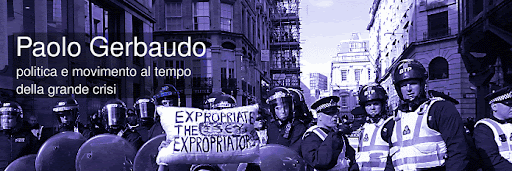node.london, the city-wide media arts festival that took place throughout last March, has proved to be, under many aspects, a truly revolutionary cultural event. First of all it is not a traditional exhibition based on a limited selection of artists but rather aims at developing a comprehensive map of the media arts scene in London. In doing so it comprises over 150 projects and around 400 individuals among artists, curators, activists and theorists. Secondly, it has around 40 dispersed geographic and virtual “nodes” where different exhibitions, performances, events and projects take place. Finally, the event is sustained by an open-ended organisation, within which different people can collaborate without sticking to a pre-defined curatorial design. To accomplish this enterprise node.london aimed at fortifying already existing media arts networks providing them with an infrastructure of coordination that aspires to expand well beyond the limited temporal frame of yhe festival.
node.london proposes a showcase for a variety of practices that span from computer art, to activist media, perfomances video art, installations, visual art, music. What puts in common these different streams is the experimental use of digital or electronic technologies as tools for participation and artistic expression. Notwithstanding the international flair entailed by the event, many of the artists involved focus on London’s reality, advancing original interactions with the enviroment. For some of the artists involved the city is a stage for the display of performances and for others, it represents a space to be mapped. For some, the city is the scene for alternative media production.
Tim Jones, coordinator of the project, explains us how such an experimental project has been developed, and reports on the feedback it has received up from both public and cultural producers.
What is the purpose underlying the overall project?
The idea at the base of node.london was to create an infrastructure for different media artists to present their work. Under the definition media art we comprehend the work of artists dealing with digital electronic technologies. This term can include many different formats such as computer art, installations and performances. We felt that, in order to represent such different practices, we needed to develop a distributed and “open-source” festival rather simply organising an exhibition in an art gallery.
What feedback have you been receiving up to this point?
Very positive ones actually. People are showing much interest and already assume that there is going to be another node.london next year. Moreover there are many groups and artists that are lately requesting to interact with it.We have also been receiving visits from France and Austria.
node.london showcases many artists that deal with practices of urban interaction and mapping. Was this in some ways a choice?
No. We have opened the event to every practice pertaining to media arts. Nonetheless there are many projects that question the city and its architecture, and is interesting to see how the urban dimension is more and more considered decisive by many media artists.
Many of the participants are based in east London. Is this just a coincidence or are media artists particularly connected to east London?
Our long term commitment is to build an infrastructure for media art spanning all over London. At this stage we had to connect different media artists networks that were already active in different parts of the city and many of them are based in East London.
www..nodel.org
